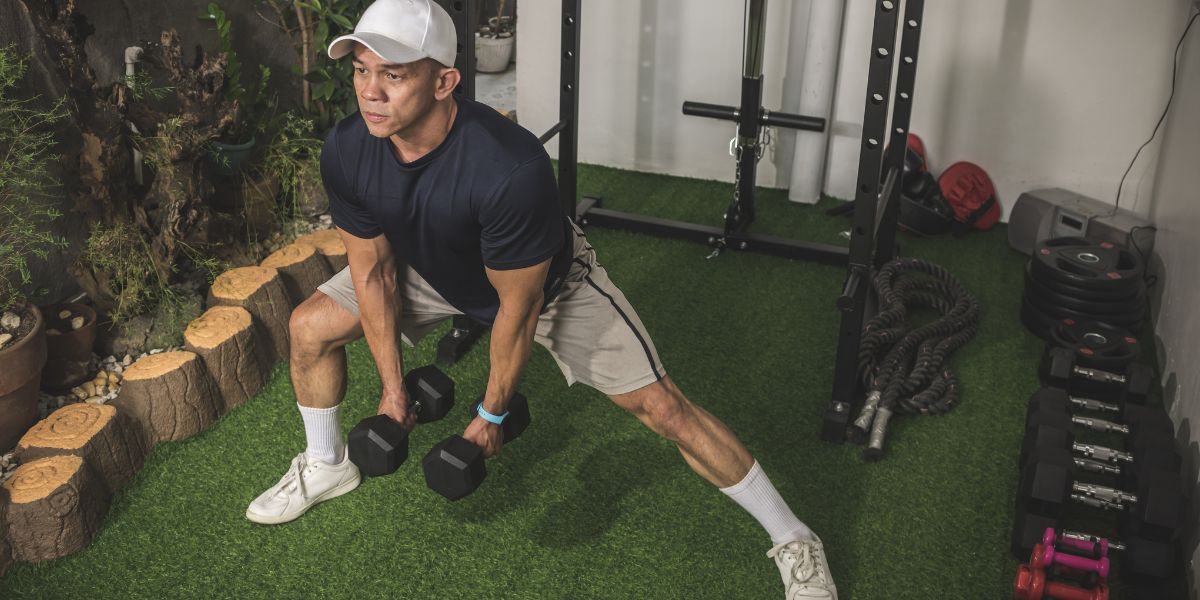After a hard workout, waking up with aching, stiff muscles can leave you wondering if it is safe to lace up your trainers again or better to take a rest day.
The sensation, known as delayed onset muscle soreness (DOMS), often kicks in within 24 hours of exercise and can last several days. But is pushing through the discomfort harmful, or just part of the process of getting fitter?
When you challenge your body with new or intense activity, tiny tears form in your muscle fibres.
- Intensity of exercise could alter gut health in athletes
- Compound Exercises: How They Help Support Healthy Aging
- Mortality risk reduced among people with type 2 diabetes by exercising twice a week
As your body repairs these microtears, it sends nutrients and fluids to the area, causing inflammation.
That is what creates the soreness, but it is also how muscles grow stronger. DOMS is most common when you try a new type of workout, increase the load or come back after a break.
Over time, as your body adapts, you are less likely to feel sore, even though you are still making progress.
For most people, exercising while sore is safe.
DOMS will not cause extra damage, but it may affect performance.
Research shows soreness can temporarily reduce strength, coordination and balance, which might mean slower runs, lighter lifts or clumsier movements.
In some cases, especially for activities that require skill or stability, this could increase the risk of injury.
Interestingly, studies suggest that whether you train on consecutive days or spread your sessions out does not significantly impact long-term progress.
- Reducing blood flow during exercise shows promise for people with rheumatoid arthritis
- Bone loss in older women reduced by exercise and a Mediterranean diet
- Exercise is more effective than drugs in reducing risk of cancer returning
Both approaches can improve muscle growth and aerobic fitness. However, occasional rest days may still help with recovery, motivation and reducing the chance of burnout over time.
The key takeaway is that soreness is a normal part of training, but it is not a marker of progress. Light activity, stretching or massage may help reduce discomfort, though the effects are usually small.
If pain is sharp, excessive or lasts longer than a week, it is worth checking with a doctor to rule out injury.



